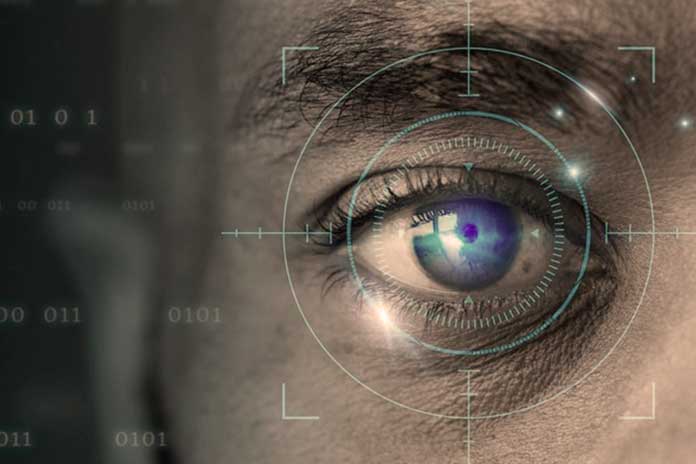There are now numerous industrial machine learning (ML) use cases. So far, data-driven automation solutions have only been part of everyday life at leading manufacturing companies. There is still a long way to go to the smart factory for others. It can be shortened with machine vision.
Machine Vision: The range of use cases for ML is wide. Optimising the production process, predictive maintenance, machine as a service, digital twin, track & trace, data visualisation, automated material management, and computer vision for quality control are currently the most important use cases.
Step By Step: Machine Vision
However, companies that want to catch up should by no means try to digitize the entire production and value chain at once and use ML everywhere. Instead, it is more productive to start with a use case that promises a high ROI, for example, and then gradually expand the use of ML. Here, it offers quality control using machine learning and vision because additional efficiency potential can be tapped in industrial practice.
Quality Defects Are Expensive
Sub-optimal quality control has many negative consequences. The smallest defects such as scratches, dents, impact marks, or pores on the surface can, on the one hand, cause high costs if they are only recognized later in the manufacturing process. On the other hand, suppose they are not recognized, and the products are delivered. In that case, they can even lead to expensive complaints, safety deficiencies, functional losses, and even functional failures.
This entails considerable operating costs and financial losses. Customer satisfaction and the image also suffer, for example, due to recalls. According to a rule of thumb from the American Society for Quality, the cost of poor quality in a thriving business is about 10-15 percent of the total operation. That can amount to 15 to 20 percent of annual sales. Products are usually checked visually for defects by trained employees. However, this form of quality assurance is error-prone, expensive, and often not fast enough for the production flow. In addition, fluctuations in concentration and personal constitution are significant disruptive factors resulting in a loss of quality and even safety deficiencies and functional deficiencies in the products.
Machine Vision Has Great Potential
Machine learning and machine vision are changing the status quo. Instead of checking products manually, quality assurance with machine vision occurs automatically and continuously. Networked cameras deliver their image data to a (cloud-based) system in which algorithms trained using machine learning automatically recognize and evaluate the images. If the system detects a quality defect, it reacts to it. This can range from an alert to a production stop. This increases efficiency and consistency in the industry considerably, saves valuable production time, and reduces the number of quality problems for the end customer.
The hardware components of the solutions for machine vision can usually be easily integrated into the existing structures; a large new production chain is not required. The test can therefore take place in-line within the production chain. This shortens the test times and, at the same time, increases the quality. Thanks to real-time monitoring, anomalies within the production chain are recognized early and reduce possible production errors enormously. In addition, the control of each component can be logged.
The Implementation Is Easier Than Expected
Despite the enormous advantages, integrating these technologies has been slow to start. There are many reasons for this: On the one hand, there is confusion on the market and the numerous possible approaches and tools.
The outdated view that machine learning systems need huge amounts of data to be trained for their respective task also persists. But the solutions for machine vision are continuously being developed, and providers such as AWS now have services in their program that incorporate practical expertise from many projects. The algorithms are optimized and “pre-trained” accordingly. With some services, you can start with 30 images.
Sometimes It Works Without Data Scientists
The lack of data scientists is often cited as another reason for the hesitant integration. Data scientists are actually few and far between. Many providers have recognized this and therefore offer easier solutions to use.
These new services from the cloud make it possible to get started practically even without any knowledge of data science. Amazon Lookout for Vision, for example, is a no / low-code solution for anomaly detection in image and video data based on machine vision. Images are first uploaded to a GUI or API designed for this purpose. The user can then indicate which images show good or bad quality. The model is then automatically trained with this input. The service makes the otherwise time-consuming decision about which parameters and which algorithms are most suitable. This also includes the integration of data pipelines and the transformation of the data. This is a bit more expensive – in the end, however, the use of a data scientist can often be avoided.
Conclusion
The use of machine vision in quality control has numerous advantages. Finally, ready-to-use solutions run on scalable, flexible cloud platforms and considerably simplify implementation in practice. However, ML is still not trivial: You still need the right processes and qualified service providers to successfully implement applications and choose the right tool at the right time from many tools. Managed service providers have their backs on corporate IT so that budgets and resources can be used for innovation: Intelligent cost optimization and control should also be a priority for solutions from the cloud.

